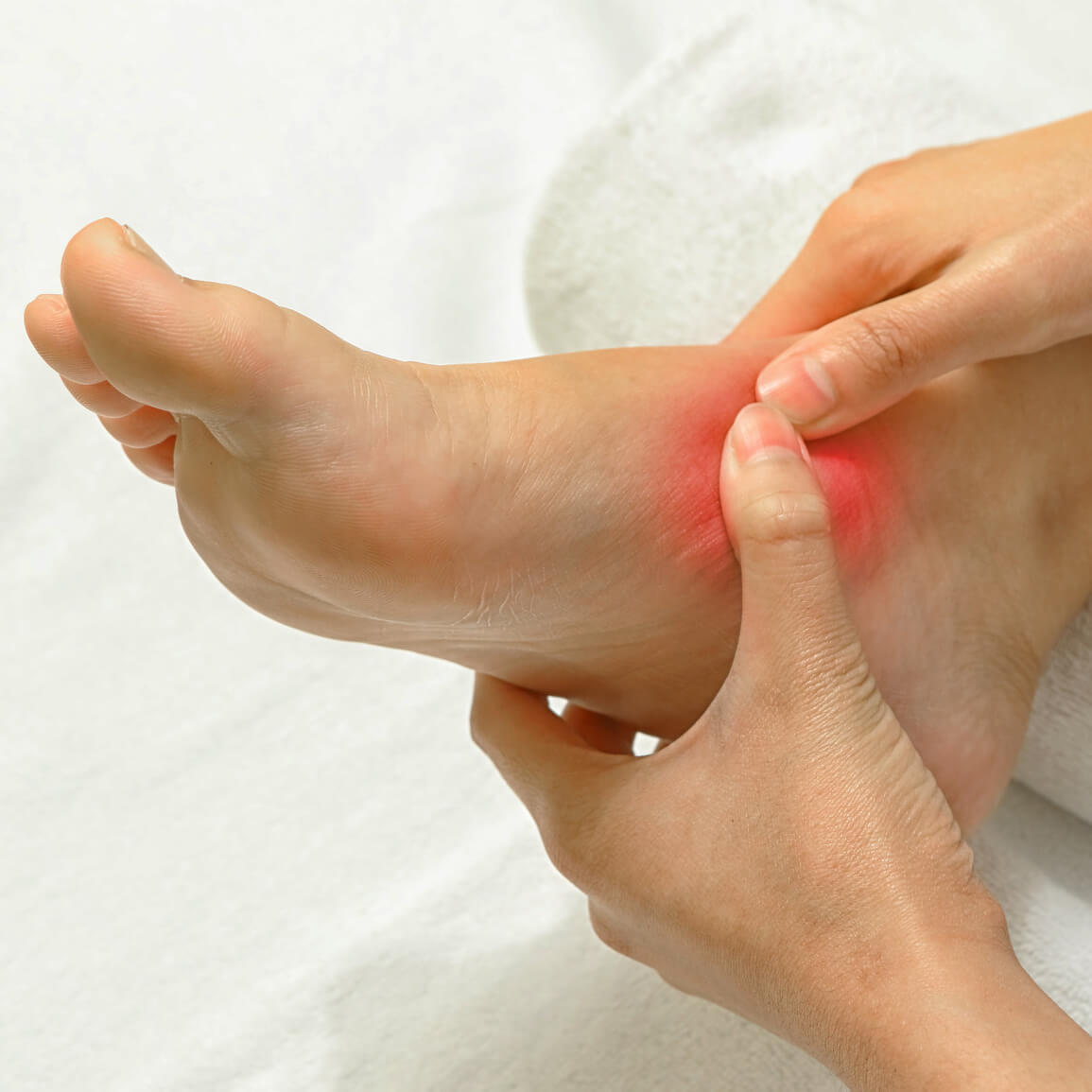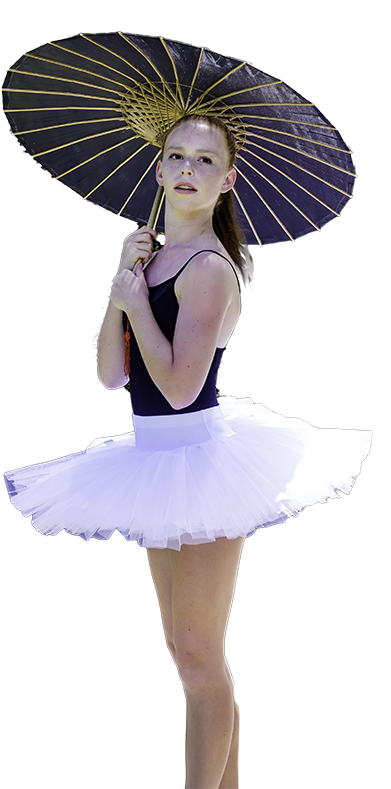
Common Dance Injuries – what are the risk factors?
September 18th, 2015,
kathryn Chao,
1 Comment
We all know that dance is a risky business – injuries can happen. But learning what causes them can help to eliminate that risk, and keep you dancing longer and stronger!
There are many risk factors but some of them are listed below. In many dance injury situations, more often it is a combination of “causes” that may result injury.
Poor Alignment and Faulty TechniqueMany injuries result from a combination of factors, this one is one of the most important. By “Alignment problems”, meaning such postural patterns as:
- forward head (the head not in good alignment with the spine and torso)
- forward shoulders (rounded shoulders)
- lumbar lordosis (“swayback”)
- thoracic hyperextension (protruding ribcage)
- hyperextended knees (knees straightened beyond 180)
- foot pronation or supination (rolling in or out)
A dancer who has good alignment is more likely to have “efficient movement” (using only the muscles and amount of energy necessary to accomplish the movement), and is less likely to be putting strain and tension on soft tissue (ligaments / tendons / muscles) around the joint, therefore resulting in less possibility of injury.
Anatomical limitations:Every dancer’s body is different, with different capabilities. Some dancers are very flexible (sometimes TOO flexible), and do not have as much strength as would be desirable. Others are very strong, but lack the flexibility of their neighbor’s high extensions. Knowing your own body, and its particular strengths and limitations, is key to avoiding injury.
A good example is the dancer with actual 48 degrees turn-out, who is trying to go beyond what her body is capable of. If the dancer consistently forces the lesser turned-out hip to match the one with more turn-out, problems may result around the hip joint of the lesser one, and possibly also further up or down the kinetic chain (for example, the knee / foot, or in the low back).
It is important that dancers and teachers understand the individual student’s anatomical structure, and work within the dancer’s physical capabilities.
Environmental factors:Dance injuries can sometimes happen due to factors in the environment that are often beyond the dancers’ control. Being aware of these, and taking appropriate action, can lesson the possibility of injury. These factors include:
- Temperature: Too hot or too cold a studio / theatre. Too cold means that the dancer will not be able to properly warm-up, or be able to keep the body warm while dancing. Too hot may lead to loss of water and electrolytes (excessive sweating), causing muscle cramps / spasms, as well as more serious problems such as heat stroke.
- Floor: Most teachers and dancers are aware that a concrete floor or poorly sprung wood floor (laid over concrete) is detrimental for the body.
The two periods in which injuries are more likely to happen are at the beginning and at the end of a dance season (or school year, with student dancers). At the beginning, this is because often the dancer is returning to a heavy schedule after being off, and at the end because they are frequently tired from months of rehearsal, classes, performances, and not in peak physical condition. On a daily basis, most dance injuries happen between 4:00 and 6:00 PM, because the dancer is more tired than earlier in the day.
Muscular Imbalance:The majority of injuries in dancers involve muscle imbalances. Early recognition of these imbalances can help prevent injuries from occurring. The ankle, knee, hip and low back are areas that are commonly affected by imbalances of muscular flexibility and strength.
Achilles tendonitis is an injury commonly seen at the ankle. Dancing “en pointe” or in the “releve” position and repetitive jumping can cause tight calves which put strain on the Achilles tendon. Stretching the calf muscles on a regular basis can help prevent this injury from occurring. Sometimes this injury is only a minor pain and not an injury in itself. For example: Some time ago, my 8yr old daughter complained about her achilles being in pain, and as a dance mum, I was a bit concerned. So we went and paid a visit to our physiotherapist, as it turned out, her pain was due to growth spurs at this age. What a relief!!!
Pain behind the knee cap (patella) is another common complaint amongst dancers. Patellar malalignment due to tight outer and weak inner quadriceps muscles in combination with increased retropatellar forces during repetitive deep knee bends and jumps can cause the pain and inflammation behind the patella. Proper quadriceps stretching and inner quads strengthening will help keep the patella in proper alignment.
The hip muscles are responsible for good balance and adequate turnout. Certain hip muscles must also be extremely flexible to permit the large excursion of hip movement required for particular dance exercises. The imbalance between strength and flexibility leads to muscle strains. Decreased strength of the hip external rotators causes decreased turnout. The dancer then compensates by torquing through their feet, knees and lower back to achieve further turnout which can also injure those joints. Proper hip strengthening will prevent this problem.
Low back pain in dancers is often a result of increased curvature of the lumbar spine and poor lower trunk stability. Tight hip flexors and weak lower abdominal muscles are often the culprits. Appropriate stretching and strengthening can prevent low back pain from occurring.
Recognizing and treating common muscle imbalances in dancers before they start producing pain is the key to injury prevention.
Wishing you all the best for injury-free dancing!!


Leave your comment